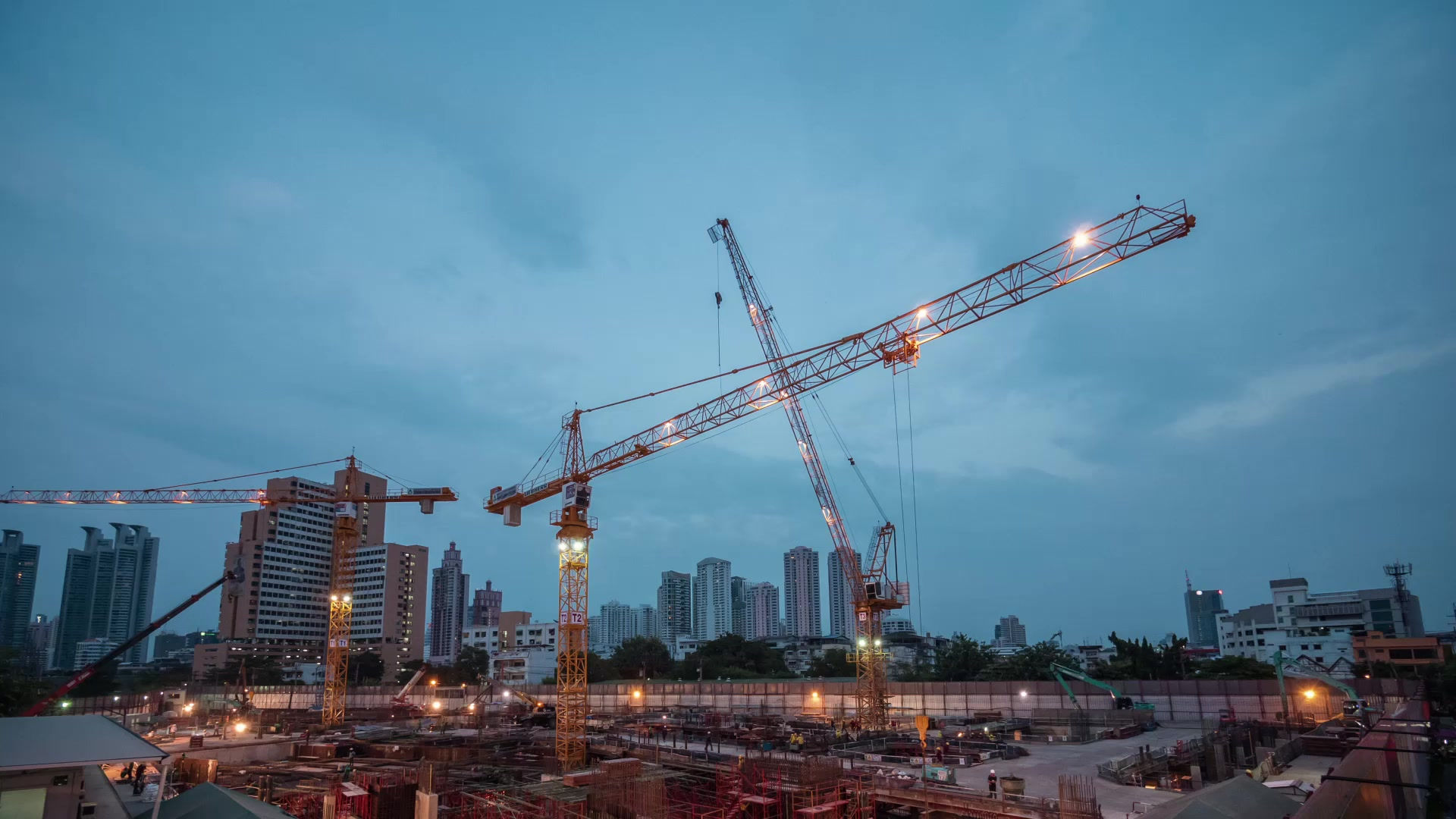Towards Better Anisotropy Control in Tempered Glass
- Booker

- Nov 13, 2024
- 3 min read
Have you ever viewed a building's glass facade through polarized sunglasses? If so, you may have noticed some patterning or spots appearing on the surface. This effect, known as anisotropy or iridescence, is common in tempered glass and is a direct result of the heat treatment process. While this phenomenon is widely recognized, there is still no standard for what constitutes acceptable levels of anisotropy in glass. However, recent advancements are pushing the industry closer to a solution.
Anisotropy has become an increasingly important topic for glass processors, architects, and clients alike, especially when it comes to the visual quality of heat-treated glass. It is caused by stress differences within the glass during the heating and cooling phases of tempering, making it an inevitable occurrence. However, the degree of anisotropy can vary, and some clients may find it unacceptable, which presents challenges for glass processors.

A Phenomenon Without a Standard
As of now, there are no official standards for anisotropy in tempered glass. The intensity of the patterns can vary widely, from barely noticeable to obvious in most conditions, and can take on different forms such as diagonal lines or spots. Since there is no universally agreed-upon "ideal," the acceptability of anisotropy can differ significantly from project to project, depending on the preferences of the client and the specific visual conditions around the glass.
Measuring anisotropy is far more complex than simply observing it. While it’s easy to spot with polarized sunglasses or a polarization filter, quantifying it is a much more difficult task. Unlike roller waves, which can be evaluated with the naked eye, anisotropy doesn't have a clear-cut visual threshold, and its appearance can be influenced by factors like geographic location, time of day, and the time of year.
So, how can we address the need for more consistent evaluation? The lack of an industry standard for measuring anisotropy has led to subjective assessments, with different people interpreting the same glass differently. It’s not just about what looks “good” or “bad”—it's about finding a way to measure and agree on what constitutes acceptable levels for each project.
Moving Toward Standardization
As we work toward a more standardized approach for evaluating anisotropy, there are steps glass processors can take to minimize its impact. Looking at roller wave defects as an example, it’s clear that the industry can thrive even without rigid standards. While official standards exist for roller wave defects, these limits tend to be relatively loose, and often, a glass that meets the standard may still fall short aesthetically—again, depending on subjective judgment.
This is where glass processors can take the lead. Since anisotropy does not affect the mechanical strength of the glass (it’s not a safety concern), the focus is primarily on aesthetics. As such, the discussion about anisotropy revolves around visual quality, which is often a critical factor in architectural design.
With modern scanning methods now available to measure anisotropy in each glass pane, glass producers can collaborate with their clients to agree on what is acceptable for each project. The key is ensuring both parties understand how anisotropy is evaluated and acknowledging that, at this point, there is no universally "correct" way to assess it.
Achieving More Consistent Results
For glass processors looking to reduce anisotropy and improve uniformity, upgrading to newer tempering lines is an obvious solution. Modern tempering equipment offers better control over the heating and cooling processes, which can lead to more consistent results. However, older lines can also be adapted to reduce anisotropy. Simple adjustments, such as modifying heating time, transfer time, or running shorter loads, can make a significant difference.
Additionally, integrating smart tools into the tempering process can help improve consistency and minimize the appearance of anisotropy. These tools can monitor and adjust the tempering process in real-time, allowing for finer control over how the glass is treated, resulting in better overall visual quality.
The Path Forward
As we continue to move towards a more standardized approach for measuring and controlling anisotropy, the key will be collaboration. Glass processors, architects, and clients must work together to define acceptable anisotropy levels for each specific project, recognizing that there is no single, universally agreed-upon standard at this time. With the right tools and adjustments, we can achieve better control over anisotropy and meet the visual demands of modern architectural glass.
Ultimately, the goal is to find a balance between aesthetic quality and practical feasibility, allowing for glass facades that not only perform well but look exceptional as well.









Comments